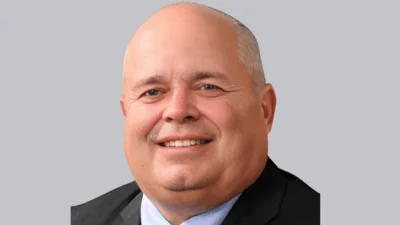Children's Hospital of Illinois: Moline recently issued the following announcement.
With opioid addiction claiming 115 lives each day in the U.S., providers are looking for new solutions to treat pain while minimizing the risk for addiction. Surprisingly, results indicate that lowering opioid doses has no impact on pain management; in fact, it is quite the opposite. Dr. Michael Leonardi of the Maternal and Fetal Medicine at OSF HealthCare Saint Francis Medical Center says that lowering the number of opioids prescribed to women post-delivery has actually led to higher patient satisfaction.
Opioid prescription for women who have vaginal births is infrequent, while women who deliver via Caesarean section, are almost always prescribed opioids post-delivery to manage their pain says Leonardi. But providers found that patients were being over-prescribed medication.
“The default to send a patient home was 40, and we recognize this was probably twice as much as the average patient used,” he says. “We’ve done some work to change the defaults so that providers are driven to prescribe the evidence-based number, which is 10-20 doses.”
The tendency to over-prescribe narcotics stems from well-meaning intentions. Providers naturally want to make patients as comfortable as possible, especially new mothers recovering from C-section births or other major surgeries. Prescribing too many doses, however, leads to greater likelihood of developing opioid addiction. Many patients prescribed opioids remain on the drugs even a year after their surgery.
A 2018 study in the Journal of the American Medical Association indicated that opioids were no more effective than non-opioids in reducing pain over a 12 month survey period for a variety of conditions. Dr. Leonardi says patients are actually more satisfied when they are given other forms of pain management.
A crucial part of reducing opioids while still effectively managing pain is to take the medication on a set schedule, before pain gets intolerable which can lead to an up-and-down cycle of recovery.
“The approach that works is scheduled pain medication, rather than on-demand medication,” Leonardi says. “Patients are a lot more satisfied and we’re seeing patients who are so comfortable, they are going home a day earlier after their surgery than in the past.”
Innovative solutions key to ensuring providers do not over-prescribe. Most providers are not comfortable prescribing medication over the phone, leading to a tendency to give more medication at the time of discharge instead of gradually prescribing more as necessary. Dr. Leonardi says providers need to continue to avoid outside influences when prescribing opioids and instead look at the bigger picture of patients’ needs.
“We need to be creative in figuring out exactly what patients’ need,” he says. “Our response to these challenge should not be to over-prescribe in the first place.”
Original source can be found here.






 Alerts Sign-up
Alerts Sign-up